Andre Simonoveisz spoke to Vanessa Lapa about her documentary on Heinrich Himmler.
F: How did the Heinrich Himmler project first come about?
V.L.: Before the film project, I knew no more than the basics about Heinrich Himmler, nothing about his private life. Neither as a filmmaker or a journalist had I had any dealing in any subject specific of Himmler. In 2006 I was informed by Professor Laor, a psychiatrist at Tel Aviv and Yale University, that the private diaries of Heinrich Himmler had been found. We undertook authentication, to make sure the letters and photos were genuine. Letters and photos had been discovered under the bed of a collector, who might have acquired them either on the Brussels flea market, in LA or from a Mexican couple in the early or mid nineteen sixties.

F: For many years, historians thought, Reinhardt Heydrich was the “brains” behind Himmler, there is even a very interesting book with the title “Himmlers Hirn heisst Heydrich” (Himmler’s brain is called Heydrich). But later, it became clear that Himmler was the real organiser of the Holocaust and other atrocities, and was only answerable to Hitler. Do you agree with that?
V.L.: Yes. Himmler was much more than a “yes-man” he was a thinker. Unlike others, like Eichmann, who “just followed orders”. Himmler gave these orders, well thought them out, and others in the SS were the “processors”.
F.: Do you think, his strict Catholic upbringing had something to do with the political views which he developed very early in his adult life.
V.L.: He was like everybody else, influenced by his upbringing; but he, like everybody else, had choices. But I believe that the cultural influence in Europe at the beginning of the 20th century played they part too. He was a nationalist, dreamer, be believed in myths, not reality. But nothing excuses the choices he made later.
F.: Do you believe that he came to his position as the all powerful Reichsführer SS, only by accident, because he was at the right in the right place. After all, when he joined the SS, there were only 290 SS men, but the SA was a much more powerful organisation, with over 2 million members.
V.L.: A good question. I believe, one goes with the other. With the socio-political situation in Germany at that time, it was possible for a man like Hitler to lead the Nazi movement, but Himmler would have had not the abilities to do so. So, yes, Himmler was in the right position at the time – but Hitler did not have to influence him at all, Himmler found Hitler, but equally, Hitler found Himmler. Himmler did not have to be convinced of anything by Hitler, but, without the rise of the Nazi party to power, Himmler would have never become such a powerful man. Himmler hated everything and everybody who was different from him – from an early age onwards. Even as a child, in his diary, we can find the “older” Himmler. He wrote constantly about Germany’s progress in the war. Most boys of fourteen might write about politics a little in their diaries, but mainly about football and girls. But Himmler did not. It did not took much to make Heinrich Himmler feel at home in nationalist politics in the early thirties in Germany.
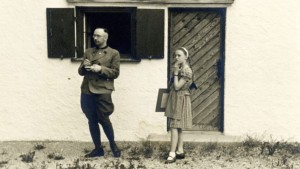
F.: Do you think that his ability to compartmentalise, which is really a denial, was greater with Himmler than other Nazi leaders?
V.L.: This is a difficult question to ask. I have worked on this film with historians but also psychiatrist; and looking at his writings, there is something in Heinrich Himmler which is evil beyond comprehension. To believe there are decent ways to kill and that there a good reasons to murder people, this I cannot understand. But he is not the only one, neither past nor present. There are a lot of Himmlers around today and under the right circumstances, it could well turn out like in the 1930s and 1940s in Germany. I don’t think that in 1933 or 1935, Hitler or Himmler had any plans for the holocaust, it was a process.
F.: Do you believe that his agricultural studies at university, where they taught him about selection (“Auslese”) of plants and animals, had something to do with his later obsession of “cleansing”?
V.L.: I cannot visualise that his studies had anything to do with the evil he did later. Likewise, to think that so many leading Nazis were vegetarians – even after discussing this with psychiatrists – I am not able to understand this either. How can one mass murder humans, but do not eat meat because not cannot kill an animal? This is a perversion, like Himmler made a perversion of his whole life, being it love, friendship or family. He managed to pervert everything – but I do not think he was Jekyll/Hyde character. Writing to his wife, just before his wedding: “I love you, but there are other things I love more”, and without saying it exactly, he meant killing other humans. This way he deprived his wife and child of love.
F.: But how do you explain that his daughter Gudrun followed her father politically, she was known at the “Nazi Princess” in post war West Germany.
V.L.: I believe, that Gudrun was blinded, and in love with her father, which is normal for a 12 year old, but her decisions as an adult were only her responsibility. Between the ages of 20 and 30, you can form a real picture of your father, still loving him as a father – but, she would have been able, with the help of therapy, perhaps, to see what her father really was and not follow his beliefs as an adult. The problem with Gudrun is that she made choices as an adult. The children of other high-ranking Nazis were also traumatised, but made different choices. Radical choices too, like one of them, who became a Rabbi. This is extreme too, but the children of these parents were psychologically very much damaged.
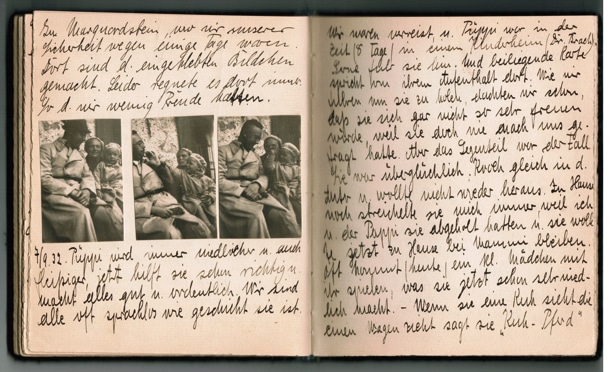
F: But this “Nazi” mindset in not exclusively a German phenomenon.
V.L. Not, it has happened in other countries, like Russia, Ukraine; Italy too, they were no angels. But the way of execution was a specific German way. I have to grant that. I don’t know if this is a mind set which was there at the time, or is still existent. But overall, this is for me are more global, human problem.
F.: Do you think that HH’s continuous poor health: migraine and violent stomach cramps, were a sign of his body, telling him that he was doing something wrong? We know, his masseur, Kersten, saved many Jews, by only massaging Himmler, when he promised to release Jews.
V.L.: Heinrich Himmler did not believe for a moment, that what he was doing could be wrong, he was absolutely sure that he was right. But I do believe that he was a coward, because in the end he committed suicide, he did not stand up for his deeds. And before that, he was ready to save Jews, but only to save his own life. In trying to negotiate with the Allies for peace, he was not even loyal to Hitler any more in the end. There are many crazy, vicious men, who go through with their conviction to the end, but Heinrich Himmler did not. He betrayed everything he stood for and expected others to do the same.
F.: So, as a last question, would you agree that he was really a very weak person, who got his strength from his position only, but projected his own inferiority complex on others, Jews and homosexuals.
V.L.: Heinrich Himmler was a weak person, he was just above average intelligence. Mainly, he was a small grey, weak bureaucrat, and that is most frightening.

F.: So you would agree with Hannah Arendt and her description of the Nazi leadership as “banality of evil”.
V.L.: No, I don’t agree with that. I very much question now Arendt’s thesis. Firstly, there is a great difference between Eichmann and Himmler. For the latter and many others one can say, that there is no banality in the evil they chose. I see only evil in Himmler; and the danger is, that this evil is accepted by society, when the evil ideology becomes common. But to repeat, this does not make Himmler’s evil banal, in no way.
THE DECENT ONE IS OUT ON GENERAL RELEASE FROM 3 April 2014 on Curzon Film World


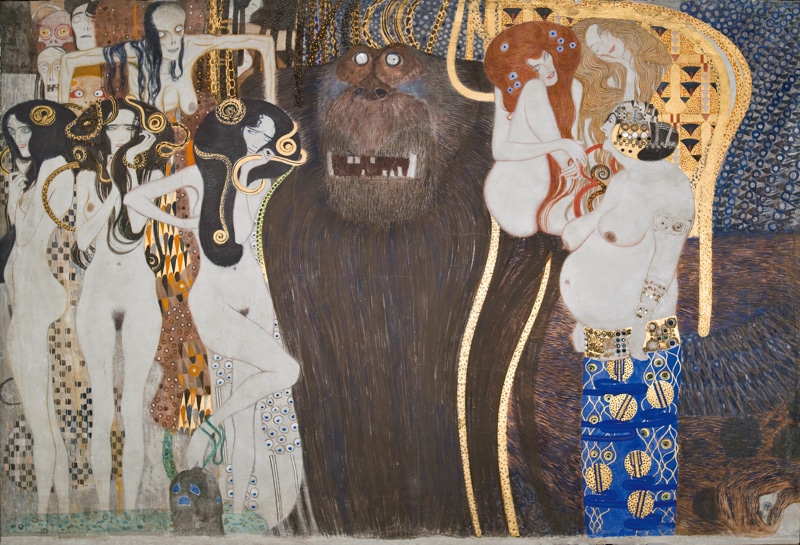
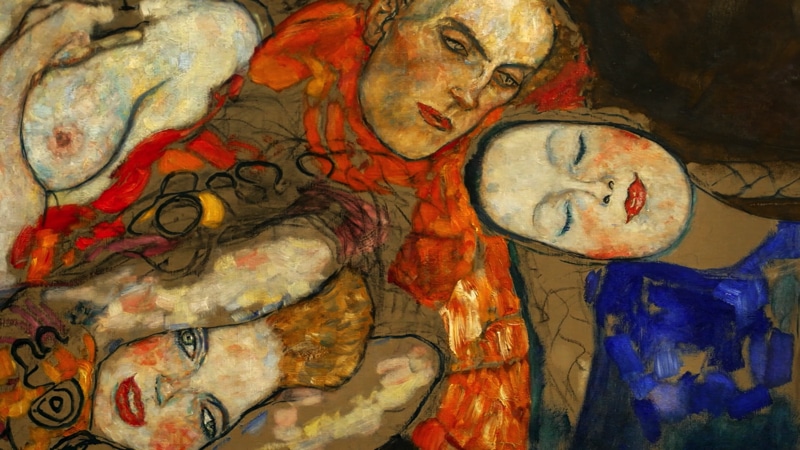
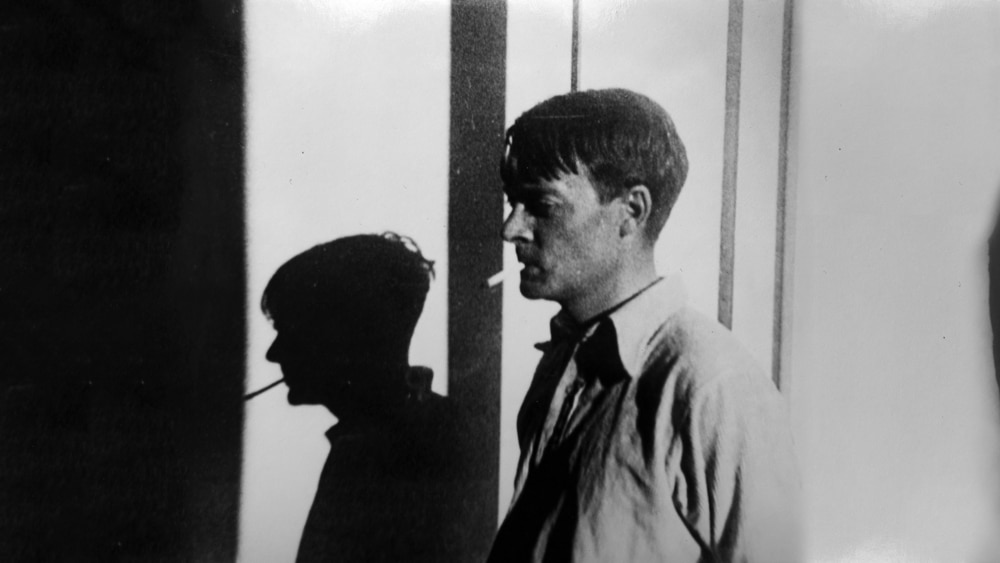
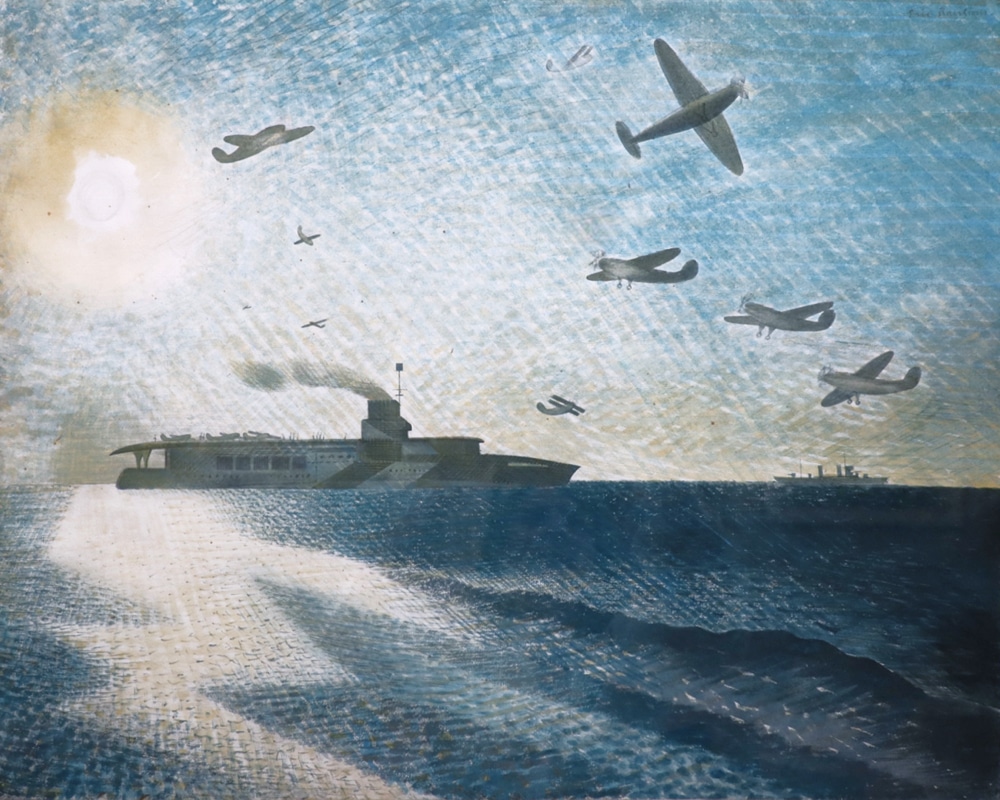
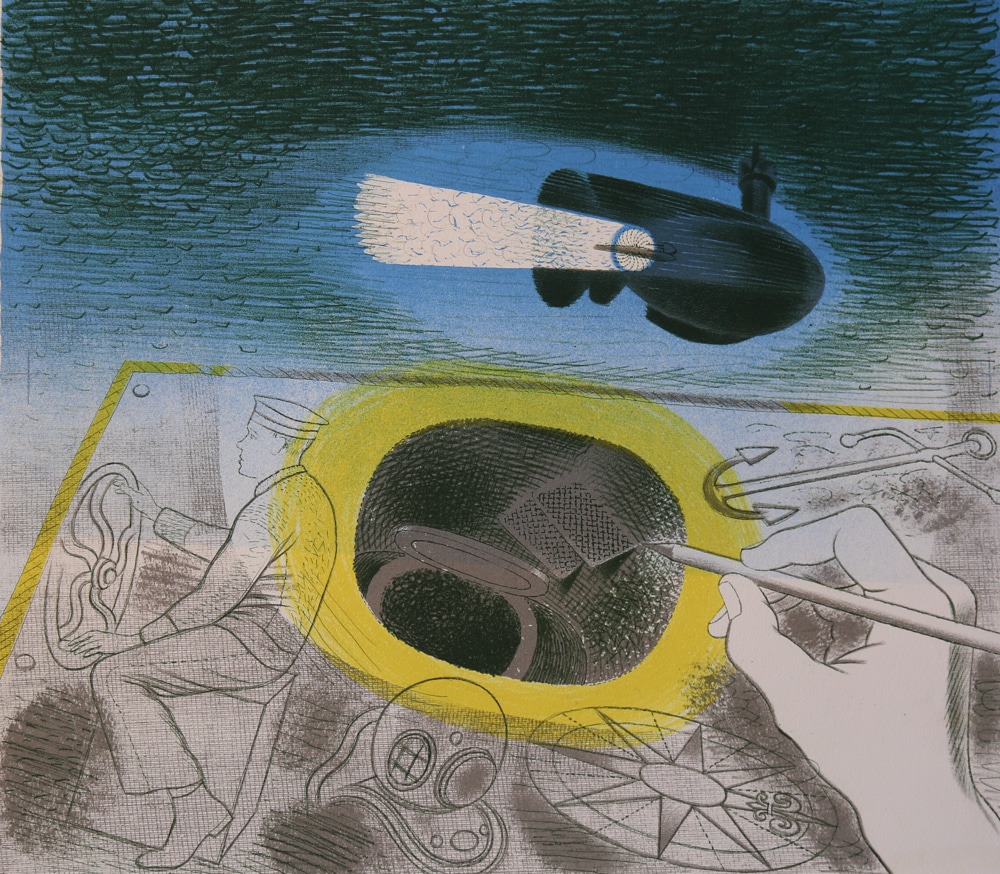

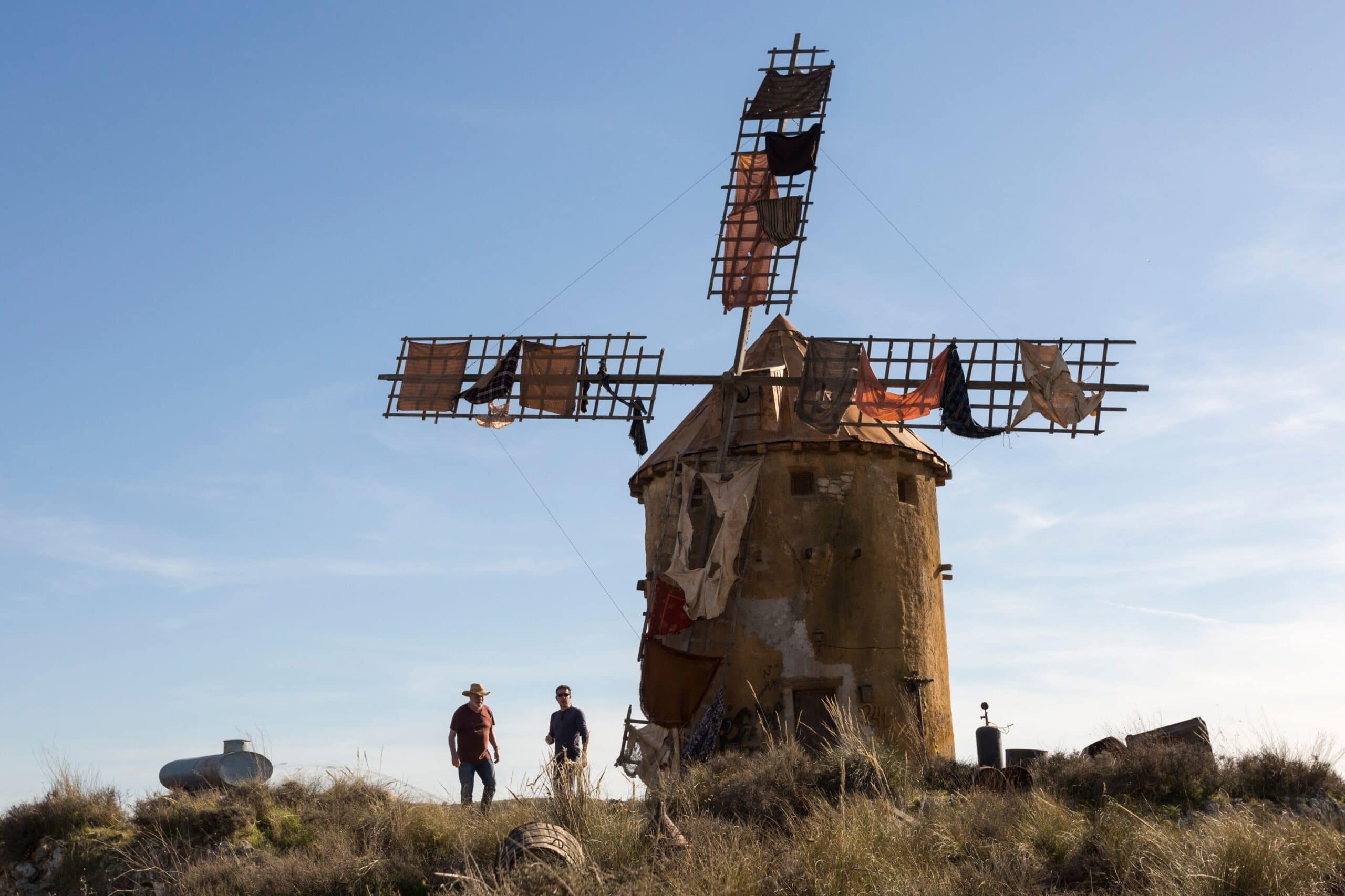
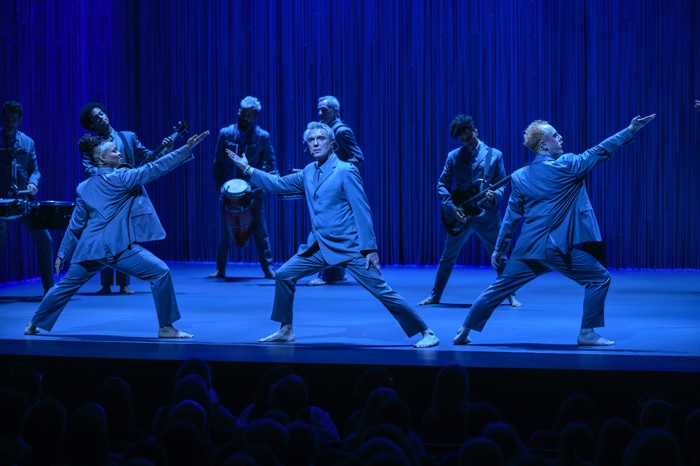
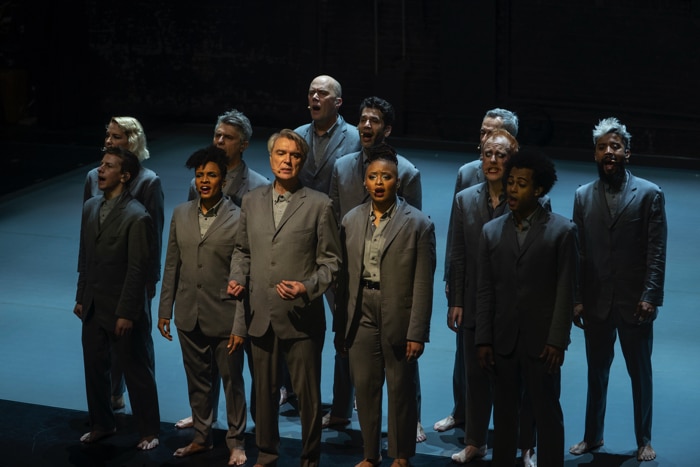
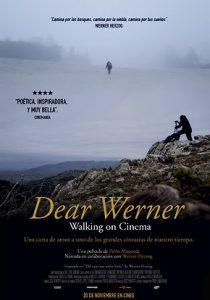
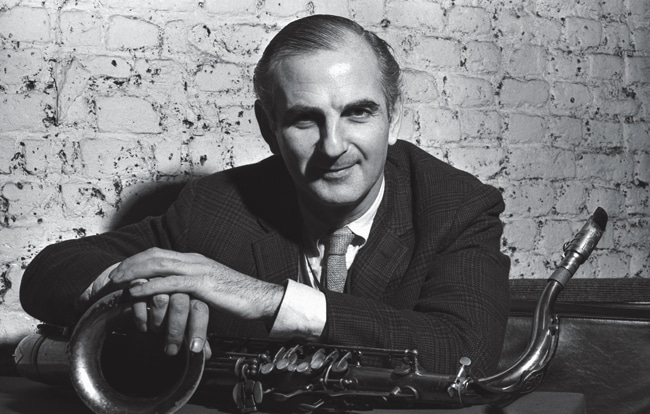
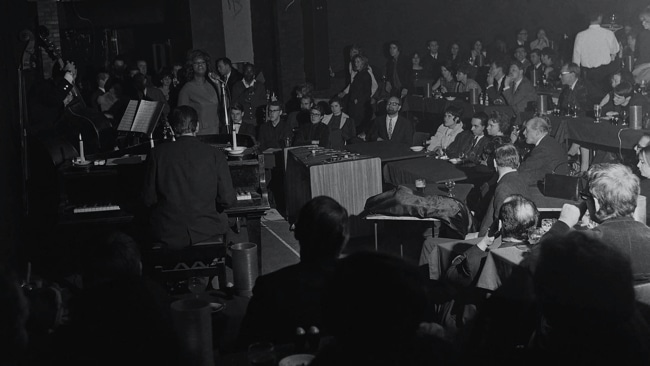
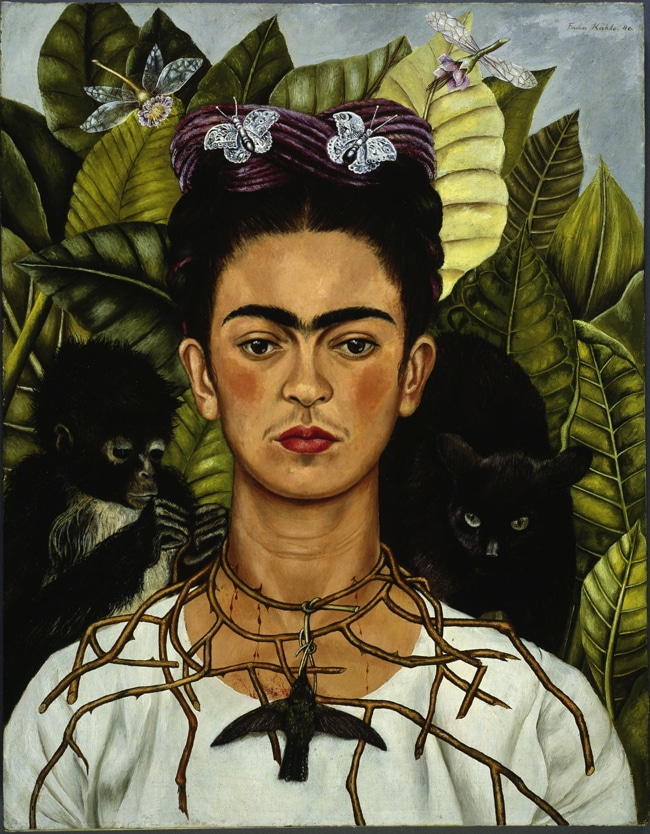
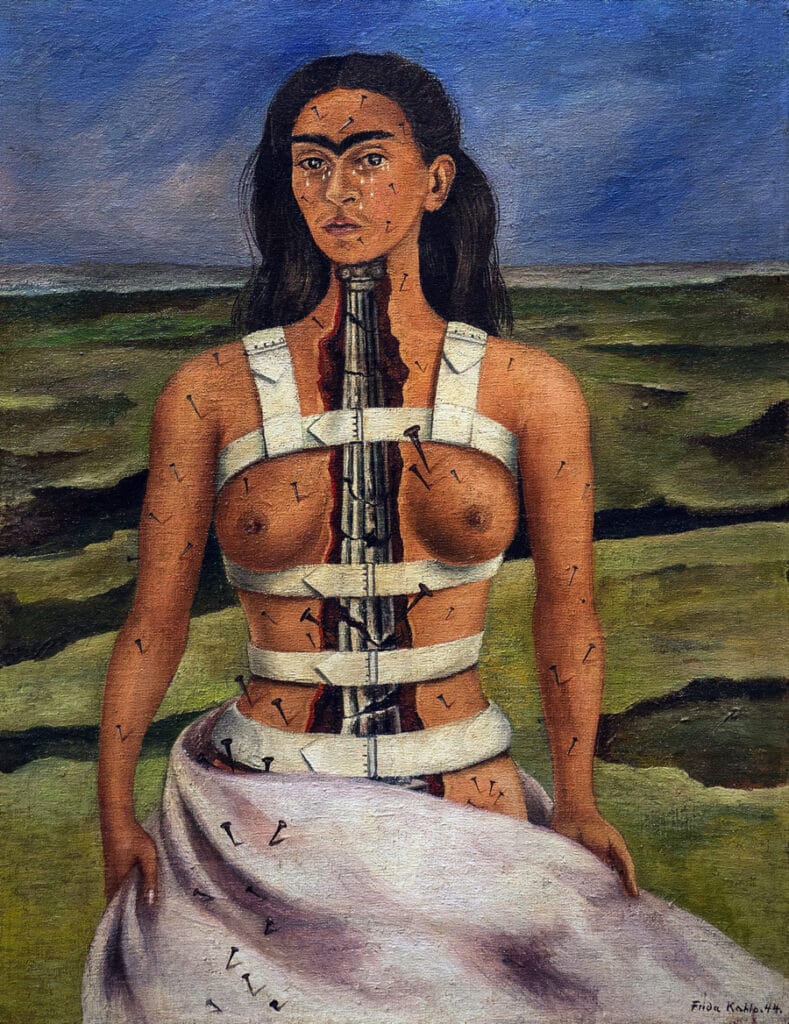
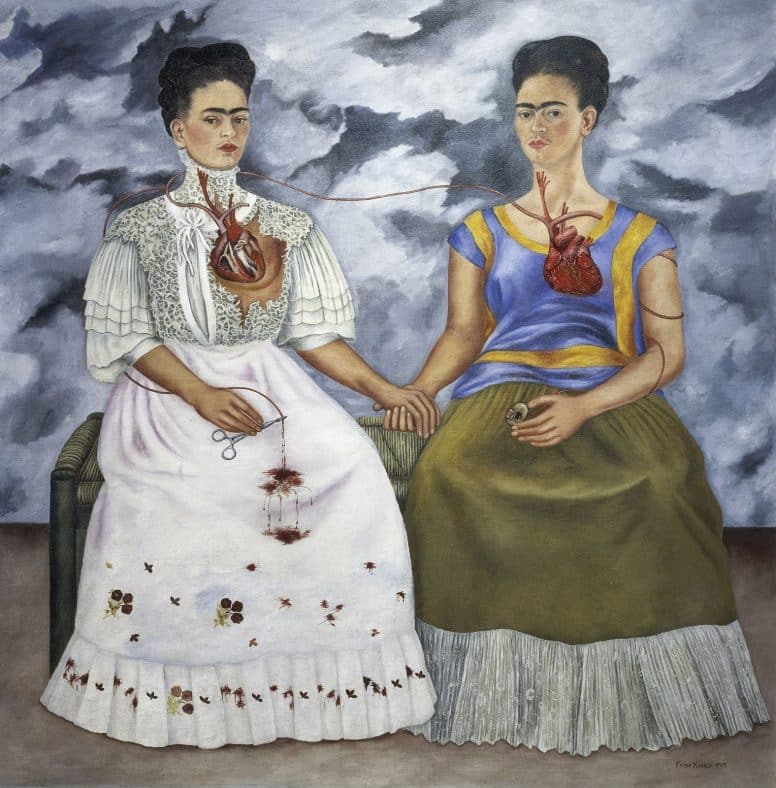
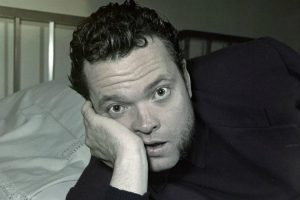 Dir: Mark Cousins | Doc | UK |
Dir: Mark Cousins | Doc | UK |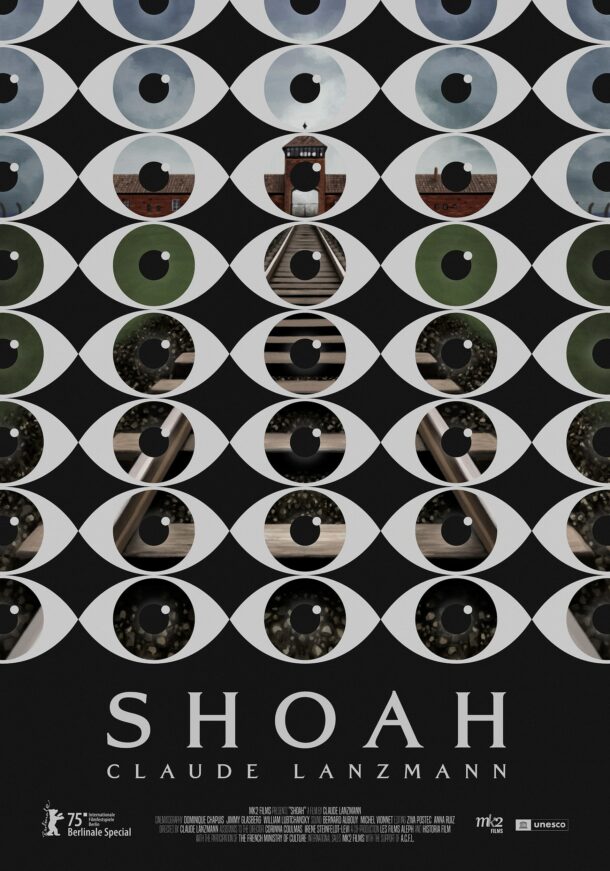
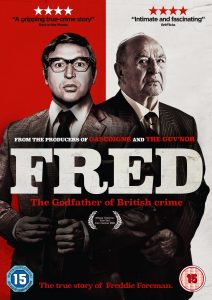 Dir: Paul Van Carter | Doc | UK |
Dir: Paul Van Carter | Doc | UK |



